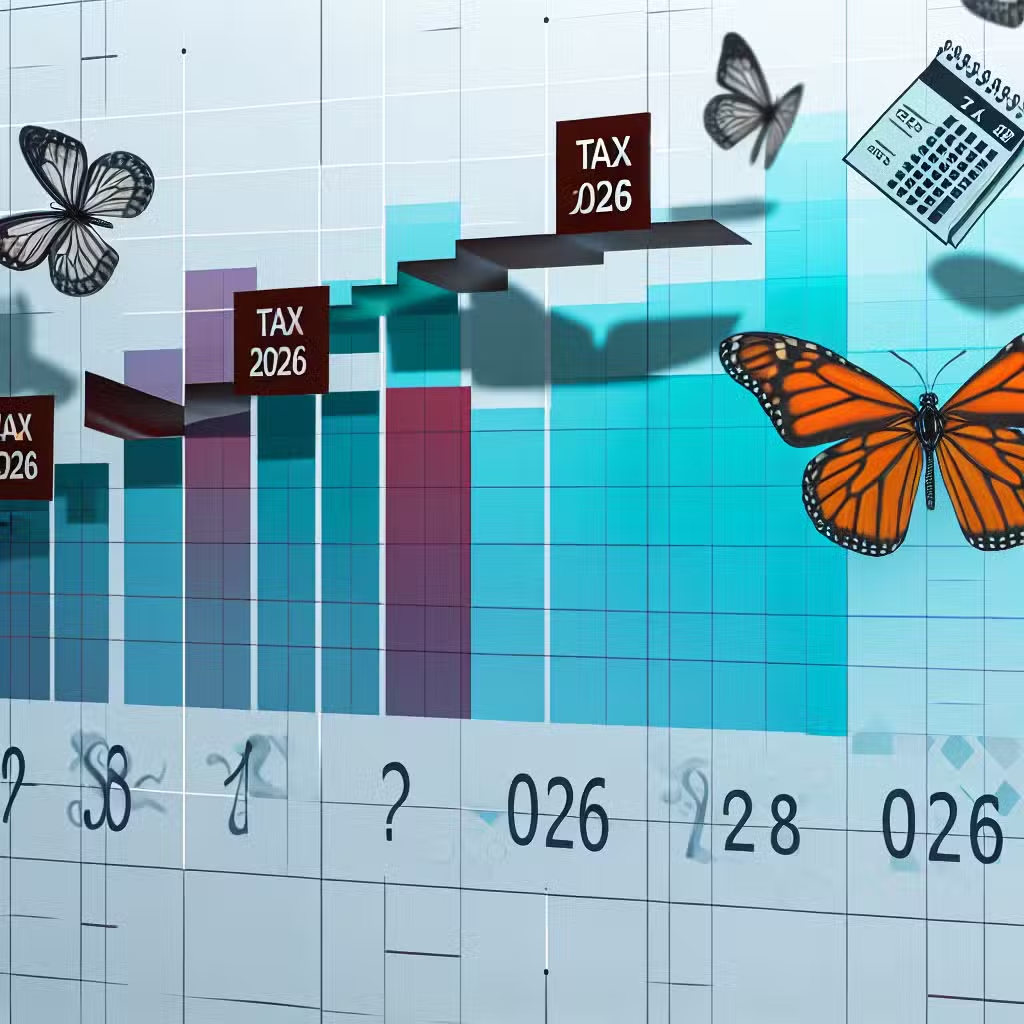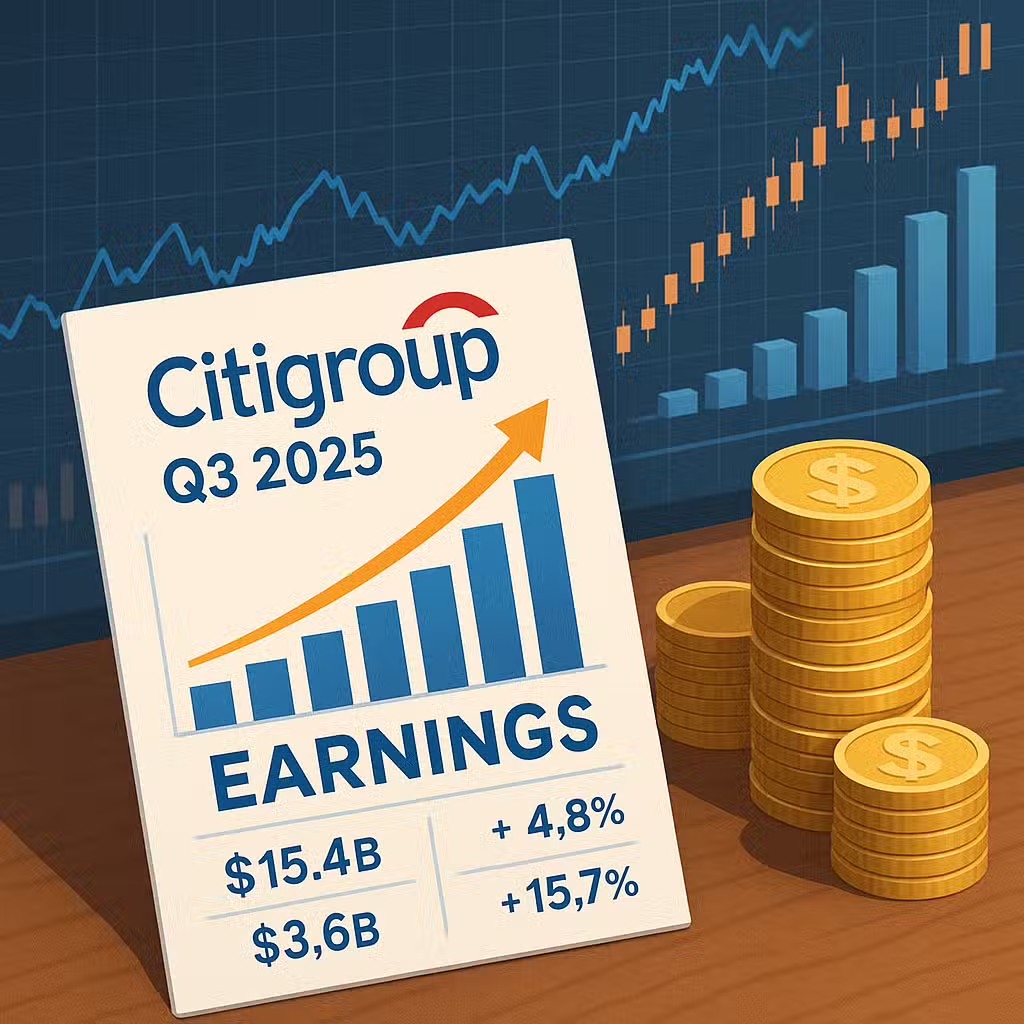2026 Tax Brackets Updated: Key Changes Investors Should Know for Financial Planning
Think of tax brackets like steps on a staircase—each step you climb means you pay a little more in taxes, but only on the money above each step, not your whole paycheck. It’s important to know where you stand so you don’t trip up when planning your finances.
What’s New for 2026 Taxes?
The IRS just announced new federal income tax brackets and bigger standard deductions for the 2026 tax year. These changes affect how much money you keep in your pocket and how much goes to the government.
- Tax brackets: The income ranges for each tax rate are going up. This means you might pay less tax on some of your income, even if you get a raise.
- Standard deduction: This is the amount you can subtract from your income before taxes are calculated. For 2026, it’s rising to $32,200 for married couples filing together and $16,100 for single filers.
- Other changes: The IRS also raised limits for long-term capital gains taxes, estate and gift tax exemptions, and who can get the earned income tax credit.
For high earners, the top tax rate of 37% now starts at $640,600 for singles and $768,700 for married couples filing jointly.
Why Does This Matter for Investors?
When tax brackets shift, it can change how much of your investment gains you get to keep. Planning ahead helps you avoid surprises and make smarter choices for your portfolio.
- If you sell stocks or real estate, higher income thresholds might mean you pay a lower rate on your gains.
- Changes in estate and gift tax rules could affect how you pass on wealth to your family.
- A bigger standard deduction means more people may skip itemizing deductions, making tax filing simpler.
A study from the Tax Policy Center shows that over the past 20 years, tax bracket adjustments have helped keep more money in people’s pockets as incomes rise with inflation.
Bull Case: The Upside of Higher Thresholds
- More take-home pay: As tax brackets and deductions rise, you could owe less in taxes, leaving more for saving or investing.
- Inflation protection: These changes help your tax bill keep pace with rising prices, so you’re not taxed more just because the cost of living goes up.
- Simpler taxes: A higher standard deduction means fewer people need to keep receipts or track every expense.
Bear Case: The Downsides to Watch
- Potential for higher taxes ahead: If Congress lets current tax cuts expire or raises rates later, your bill could go up again.
- Government shutdown worries: The IRS recently said it might furlough nearly half its staff, which could delay refunds or help for taxpayers.
- High earners pay more: If you’re in the top bracket, you’ll still see a big chunk go to taxes—just at slightly higher income levels.
Looking back, after the 2017 Tax Cuts and Jobs Act, standard deductions nearly doubled, but those provisions are set to expire after 2025 unless Congress acts (CBPP).
Investor Takeaway
- Check where your 2026 income might fall in the new tax brackets—plan now to avoid surprises.
- If you’re selling investments, time your sales to make the most of lower tax rates where possible.
- Consider whether you’ll benefit more from the standard deduction or if itemizing still makes sense for you.
- Keep up with IRS and Congressional updates—tax rules can change, and the government shutdown could slow things down.
- Talk to a tax pro if you have a complex situation, especially with estate or gift taxes on the rise.
For the full original report, see CNBC







